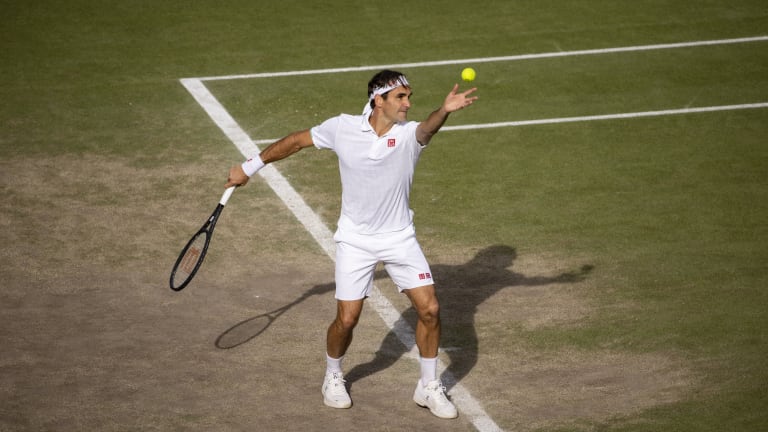Your Game
Tip of the Day: How high do you need to toss the ball for your serve?
By Sep 29, 2024Your Game
Racquet Review: Yonex EZONE 100
By Apr 20, 2025Your Game
Geared Up: Andrey Rublev keeps letting it rip with Head and K-Swiss
By Apr 19, 2025Your Game
Tariffs are serving up challenges to the tennis equipment industry
By Apr 13, 2025Your Game
The Partner ball machine uses robotics to revolutionize tennis training
By Apr 12, 2025Your Game
Racquet Review: Wilson Clash 100 Pro v3
By Apr 06, 2025Your Game
Shoe Review: Adidas Ubersonic 5
By Apr 05, 2025Your Game
Doubles Partners: Asics and A.P.C. team up for one-of-a-kind tennis collection
By Mar 30, 2025Your Game
Babolat and Lamborghini collaborate on new padel racquet collection
By Mar 29, 2025Your Game
Madison Keys: how racquet change led to first Grand Slam title
By Mar 28, 2025Your Game
Tip of the Day: How high do you need to toss the ball for your serve?
Play better at every level of the game with advice from this former player and longtime coach.
Published Sep 29, 2024
Advertising

Classic and contemporary, timeless and innovative, creative and disciplined, Federer can take the court versus anyone and be certain to leave spectators breathless as they take in his silky-smooth movements and broad spectrum of strokes.
© Getty Images